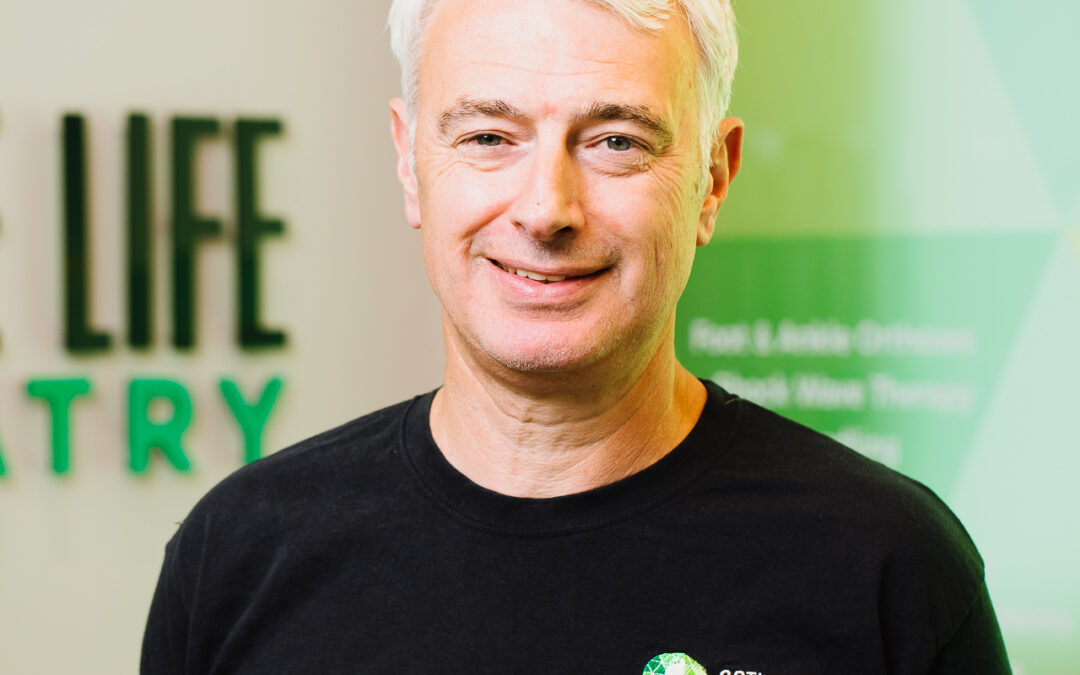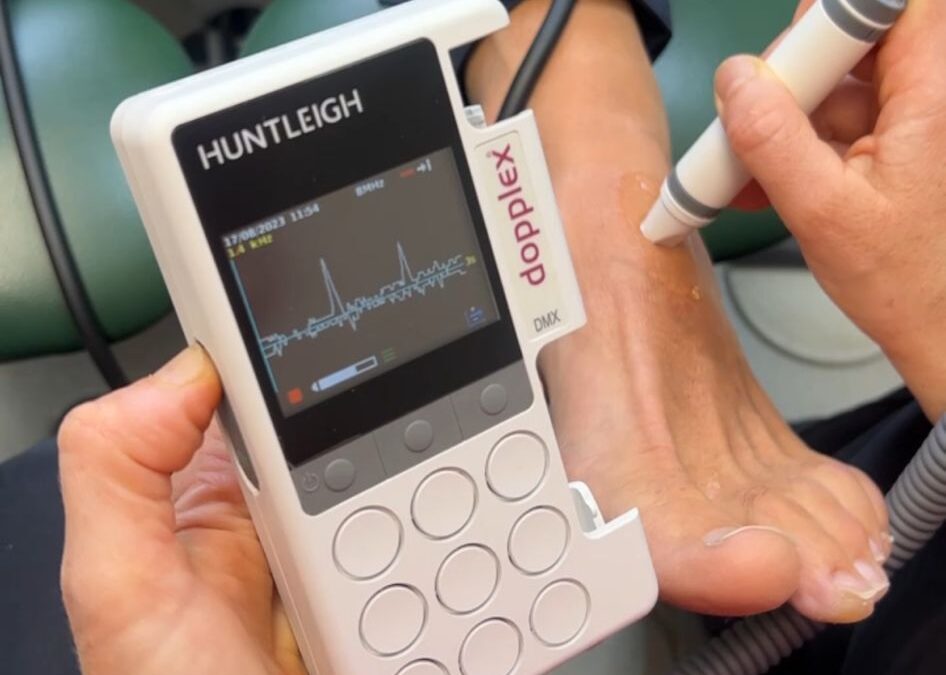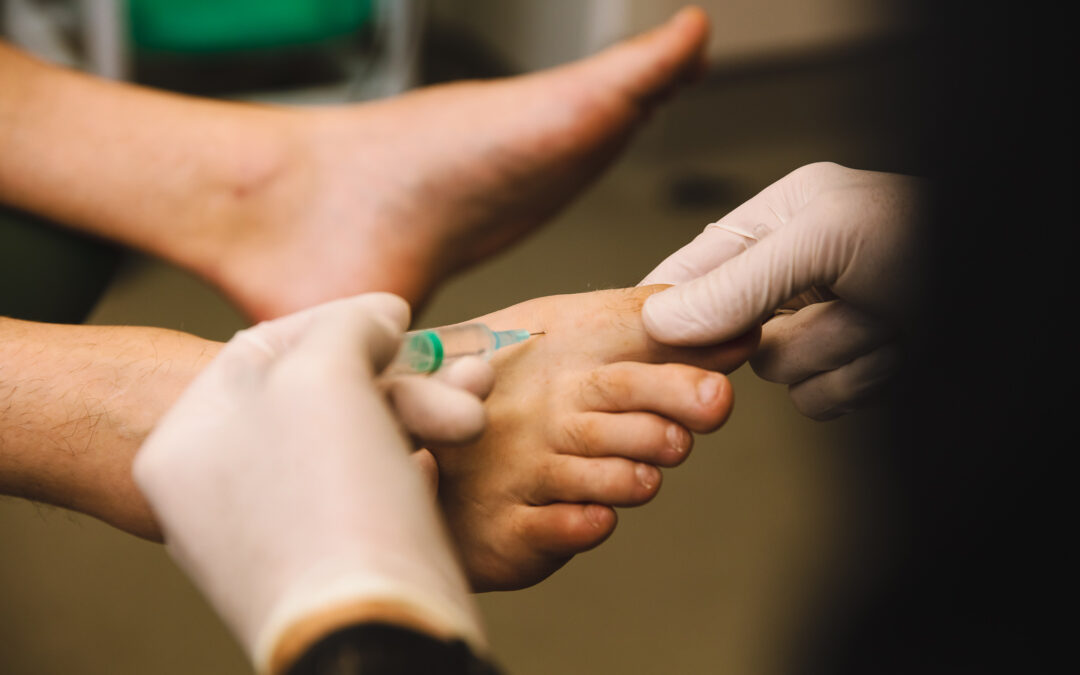
John’s going back to school
Clinic Director and Owner, John Durkin returns to Brunel University to complete a postgraduate certification in Musculoskeletal Ultrasound of the Foot & Ankle.
Whilst John promises this is his last university stint, we dig a little deeper into what the next year has in store for Active Life’s Clinic Director.
This blog explains what the qualification is, how it works and who may benefit..
What are you studying and is this a widely offered treatment?
The course specialises in ultrasound imaging, a diagnostic tool which sends out high frequency sound waves to the tissues and these rebound at different rates and from this an image is formed.
The course enhances anatomy knowledge and specific pathologies of the foot and ankle. Ultrasound scanning gives a good picture of injury and conditions without causing any pain or side effects that happen with x-rays which emit radiation.
It is highly specialised and only a few podiatrists have this skill/qualification.
We are one of very few centres that can offer this service. Fellow Active Life Podiatrist Marc Barton has previously completed the course and offers ultrasound scanning, and it’s popular with patients who are experiencing pain.
What qualification will you get?
A Postgraduate certification in Musculoskeletal Ultrasound of the Foot & Ankle. This lets patients and fellow healthcare providers know that a high level of competency has been achieved which can be extended into a Masters level qualification.
What will the course do for your patients?
Many of our patients see us for many problematic and painful conditions that may be ongoing like plantar fasciitis or they may have a sudden injury such as a sprain; ultrasound can greatly assist in the diagnosis, location and extent of the problem thus enabling better management and outcomes for our patients.
Why is it important for you to keep learning?
The world of healthcare and in particular podiatry is constantly evolving, with fantastic new treatments and knowledge that are helping in patient care. We pride ourselves as providers of top quality podiatric care and therefore we must and will continue to keep abreast of latest developments.
What do your family think about you going back to Uni?
My family think I have FOMO by going back to Uni as our daughter (aged 18) is just about to start her studies – sadly not in Podiatry!
Book your musculoskeletal ultrasound as a standalone assessment or an add-on to your routine appointment by calling our team on 020 7381 6682
View our services or head over to the booking page to book your appointment today.
We are here to help you to #TakeSteps
- To an active recovery following injury
- To active, healthy feet for your family
- To a personal best
- To an Active Life



